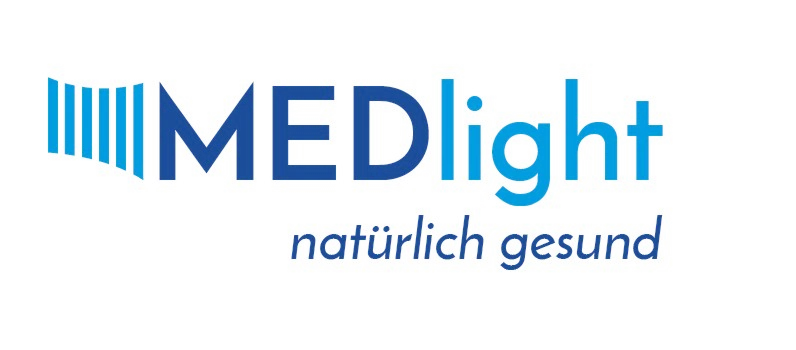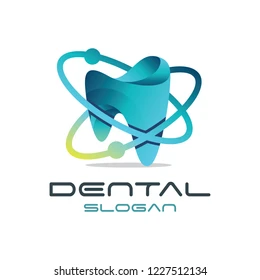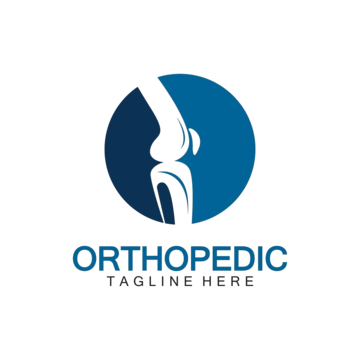BrainSuite
Context
BrainSuite started as a neuroimaging platform, focused on processing MRI scans of the brain. Over time, some of its modules found use in dental and craniofacial research, especially where high-quality segmentation and 3D reconstruction are required. Unlike simple DICOM viewers, BrainSuite is aimed at analysis: surface extraction, cortical mapping, and volumetric studies. In dental settings, researchers use it for craniofacial morphology studies, implant planning research, and orthodontic investigations. For IT admins, it’s a heavier package than typical clinical tools — but in academic environments, it provides features that few open alternatives can match.
Technical Profile (Table)
| Area | Details |
| Platform | Windows, Linux (native installers available). |
| Stack | Built in C++ with specialized imaging libraries. |
| Imaging | Primarily MRI, but also supports CT/CBCT for craniofacial analysis. |
| Features | Segmentation, cortical surface extraction, 3D reconstructions, morphometry tools. |
| Dental relevance | Used in craniofacial studies, orthodontics, and implant research. |
| Integration | Works with DICOM imports; exports surface models to STL/OBJ. |
| Interoperability | DICOM, Analyze, NIfTI supported. |
| Authentication | None built-in; local workstation tool. |
| Security | Depends on OS and local file handling. |
| License | Free for academic and research use. |
| Maintenance | Moderate; updated periodically by UCLA research group. |
Installation Guide
1. System preparation
– Windows or Linux workstation with at least 8 GB RAM.
– Ensure graphics drivers are updated.
2. Download package
– Get the installer from the official BrainSuite site.
– Install into default program directory.
3. First run
– Launch BrainSuite GUI.
– Load sample dataset (MRI or CT).
4. Configuration
– Set default directories for input/output data.
– Adjust segmentation options in preferences.
5. Testing
– Import craniofacial CBCT, run segmentation pipeline.
– Export surface model as STL for validation.
6. Maintenance
– Check for updates on official site.
– Back up processed datasets regularly.
Scenarios (Dental Use)
– A research lab uses BrainSuite to study jawbone changes in orthodontic treatments.
– An implantology team exports STL models of cranial scans for biomechanical simulation.
– A university class uses BrainSuite in a course on craniofacial imaging analysis.
Workflow (Admin View)
1. Install BrainSuite on Windows/Linux machines.
2. Load test datasets to verify installation.
3. Configure default paths and processing preferences.
4. Train researchers or students on segmentation workflow.
5. Export models for further analysis in CAD/CAM or simulation tools.
Strengths / Weak Points
Strengths
– Free to use in academic and research environments.
– Advanced segmentation and cortical surface analysis.
– Exports models for further 3D processing.
– Active development by UCLA group.
Weak Points
– Not designed for routine dental clinic use.
– Requires more computing resources than basic viewers.
– Learning curve for advanced modules.
– Smaller community compared to 3D Slicer.
Why It Matters
While BrainSuite was never designed for daily chairside dentistry, it plays an important role in academic research. Its strength is precision analysis and 3D modeling — valuable for craniofacial studies, orthodontics, and implant planning projects. For IT teams, it’s a tool that requires more setup and stronger hardware, but in return it enables detailed imaging workflows that can’t be achieved with lightweight DICOM viewers.







